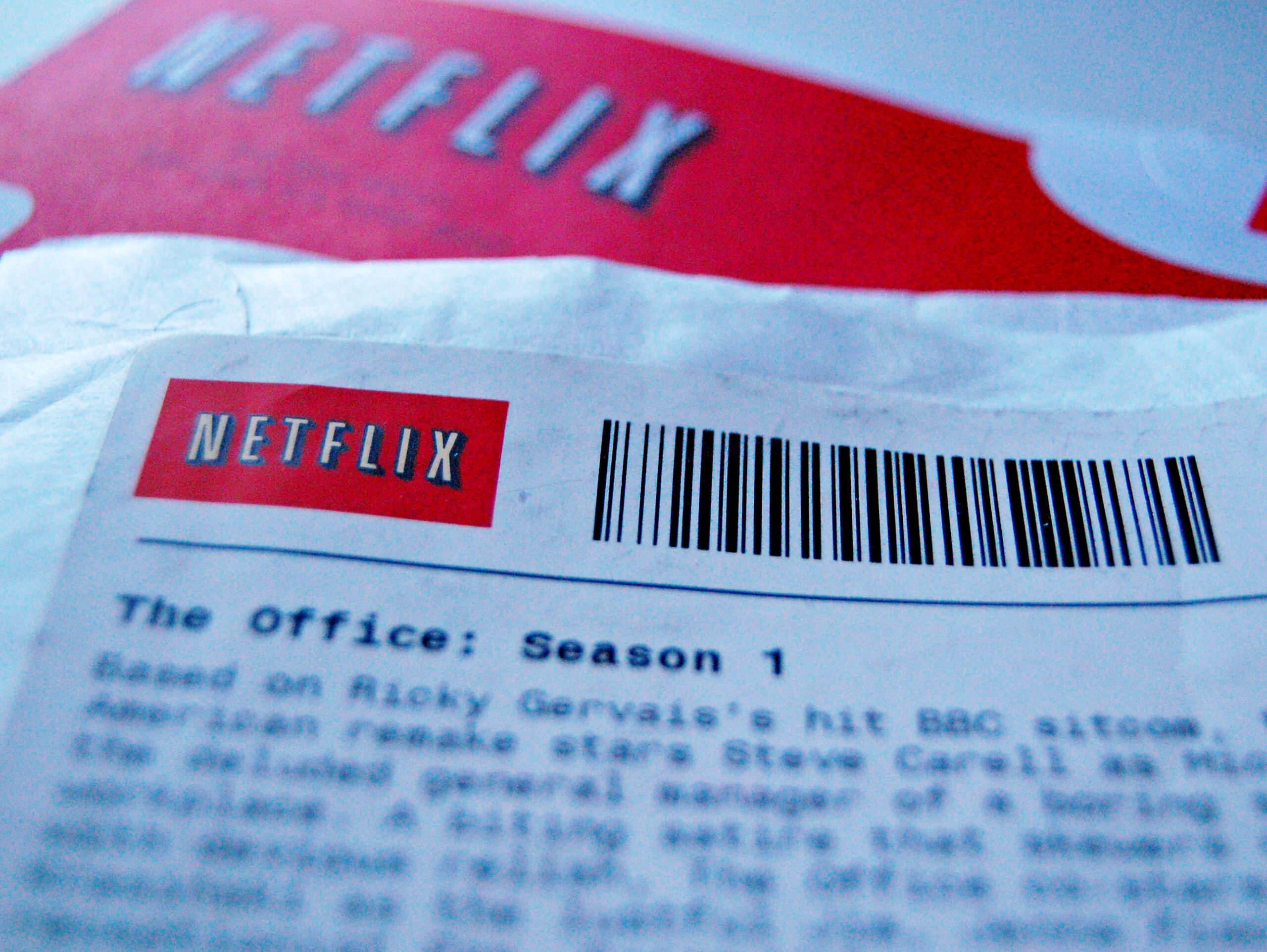“You Wouldn’t Steal a Car”: Successes and Shortcomings of the Subscription Economy
Think of the last time you used a physical copy of something you bought. From books and music to movies and television shows, nearly every form of media consumed has moved to a digital format. Nearly every form of information has been digitized, with even university classes offering asynchronous streaming options. Corporations have seized this opportunity by centralizing the services with which to distribute media they own. This has decimated brick and mortar stores both small and large, which used to serve as a distributor. Now, customers only have one option, huge corporations, to go to for media to consume. However, this has not become frustrating for consumers until recently. The monthly price of a subscription to a television and music streaming service has increased from around $40 USD to as high as $80 as the market has segmented and more services have launched, with consumers opting for more than one service at a time.
While the music industry embraced digitization, television largely remained in the family living room, with exclusive content often bundled through expensive cable subscriptions. Each area of the entertainment industry has handled the transition to digital goods differently. The music industry has seen immense success since its transition. A healthy streaming market, currently valued at $25.49 billion USD, has emerged, where Spotify and Apple Music make up the majority of users, while other companies’ services, namely Amazon Music and Youtube Music share the majority of the rest. It is a market structure that truly entices the rest of the entertainment industry and has become a desire of theirs. No longer would companies have to sell only one product at a time to their consumers, potentially never gaining another dollar from them again. With subscriptions, they now have a guaranteed, consistent revenue stream that would allow them to continuously grow, with little effort on the rights holder’s and distributor’s end.
Streaming is not without its faults though. It involves renting access to a library that is prone to changes beyond the user’s control. This was commonly exhibited in Amazon’s Kindle Marketplace. In 2009, Amazon sold copies of George Orwell’s ‘1984’ even though it was not allowed to. The book was listed as available for digital download without the license for it. Eventually, the book was delisted and the book disappeared from people’s libraries. In these marketplaces, the rights to most forms of digital media are controlled by a central entity that then licenses the media to distributors, who serve as the middleman between the consumer and the rights holders. Consumers are woefully unaware of the fact that they are beholden to these license agreements when they buy products from online platforms and every online distributor is prone to this issue. A product bought does not mean it is owned in perpetuity, in reality, it is “owned” for as long as the license is not revoked. Consumers, continuously annoyed at the prospect that what they had paid for is now gone, have channeled their anger and frustration to distributors, when they should have been aiming it at themselves.
From their account creation, consumers had consented to the fact that their purchases would not entail complete ownership of a product. They had unknowingly admitted that they knew how the service and platform they are using works. This is done when they agreed to the Terms of Service (ToS) that they most likely did not read when creating an account on the platform. It is, according to a study performed at York University, the biggest lie on the internet that people say they read online license agreements, terms of service, and privacy policies. These terms and policies, often very long, are written in a complicated manner, using a lot of legal jargon that discourages users from reading them in full. They serve as a contract between the platform and the consumer. It is part of an overarching problem where consumers know little of their digital rights and what they unknowingly sign themselves up for.

Overtime, this has overall changed the way we relate to our possessions. The reason people buy products is becoming increasingly less because of its potential value to them. They have shifted to consuming whatever is presented in front of them. In a way, consumers have become desensitized to subscriptions as it has become adapted as the status quo — it is simply another monthly cost to incur. Years since their inception, consumers are only just starting to express their concerns regarding subscriptions in a phenomenon known as “subscription fatigue.” They are no longer considered a convenience and are now mostly looked upon as a hindrance.
Video streaming services no longer provide the benefits they once did as they have multiplied in number. Netflix, largely considered to be the first successful video streaming service offered an escape from the standard Cable model seen at the time. Instead of paying hundreds of dollars a month for hundreds of channels you did not want to watch, you could pay a tenth of the cost for shows you actually wanted to watch. As this new model became standard, every rights holder wanted a piece of the new pie: monthly revenue. Every large rights holder, like Disney, NBC/Universal, HBO, and many more pulled their content from the main platforms and launched their own, quickly fragmenting a once centralized market. Now, from a consumer perspective, the streaming landscape had shifted back to the business model it tried to distance itself from, cable television. Individuals and families are once again paying hundreds of dollars a month to access a lot of content they did not want access to in the first place. Very few streaming services now offer enticing content for the recurring price to be worth it.

At its inception, streaming offered something more convenient than the status quo. Now that streaming has once again become the saturated market it once disrupted, users are resorting back to piracy. Data gathered over the last year shows a prominent spike in activity on known piracy sites during both the pandemic and soon after, which is when most rights holders started their own streaming service. While the amount of users protesting is slim, it speaks to an overall trend in the streaming industry: people are largely unhappy with how the market has unfolded and want change to occur. A solution to the problem has existed since the mid-2000s, but it has never caught on with companies, and for good reason. Digital Rights Management (DRM) free media enables consumers to buy a digital product in full. It fully removes the power that digital rights holders have now in restricting what you can do with the media you consume.
The entertainment industry has always adopted new technologies to attempt to limit piracy, an issue which plagued the music industry in the early 2000s. The music industry largely adopted DRM-free media before streaming services existed and now has a relatively content consumer-base in music streaming platforms. On the other hand, the rest of the entertainment industry is still struggling in how to adapt to the digital world. The days of buying a DVD and owning a movie or television show are long gone and consumer retaliation has shown that numerous streaming services are not the solution. The problem of digital rights ownership is not new and will remain unsolved for the foreseeable future. A serious reconsideration of ‘everything should be a subscription’ is needed and the way we interact with digital products needs to be transformed.
Edited by Ewan Halliday
Featured Image: Subscribe by Mohamed Hassan licensed under the CC0 License.
